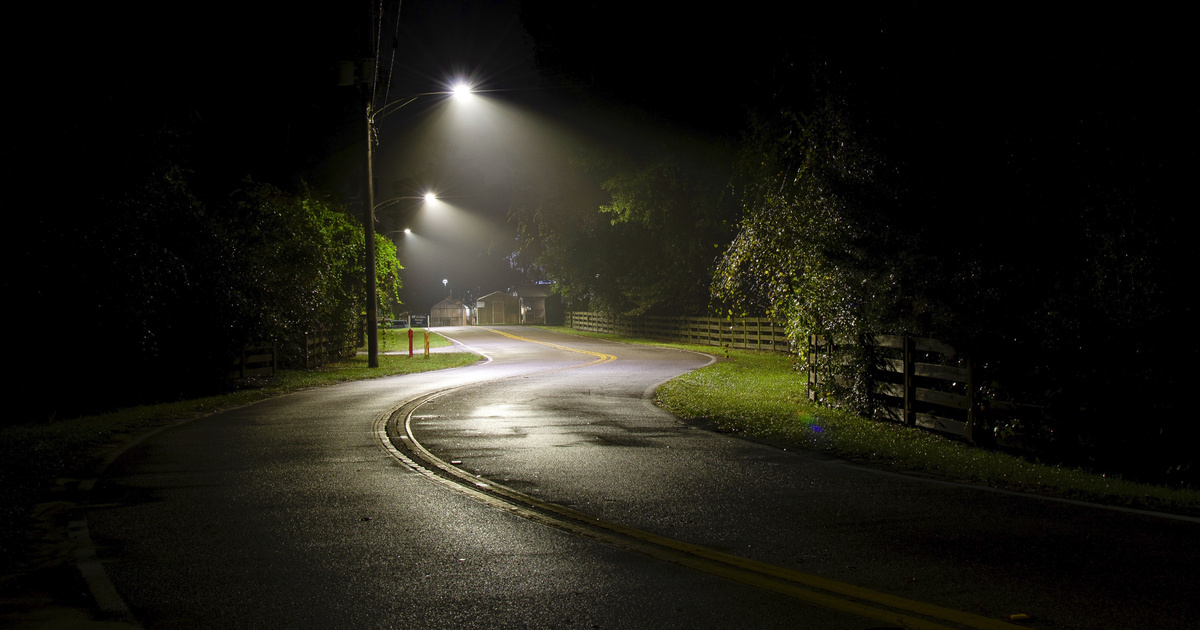In Beijing, they studied 180 trees illuminated by public lighting, measuring the amount of light each tree received, and also studied nearly 5,500 leaves for different characteristics, the center said. Sky News.
The leaf stiffness, nitrogen and tannin levels and water content were measured, giving scientists an idea of how the trees were using their resources. Plants under stress often use their energy to protect themselves by making their leaves more resistant to tannin.
According to observations, this is what happens to trees that are constantly illuminated by natural and artificial light.
The more artificial light they receive at night, the more resistant the leaves become.
The most resistant leaves were found in the brightest, best-lit areas and showed no signs of insect attack. Because of their more resistant structure, the leaves are likely to decompose more slowly, which can change the composition of the soil under and around the trees.
Plants aren't the only ones affected by artificial light.
Street lights not only change the structure of plants, they also affect the environment around them in several ways. Birds such as robins and crows sing and feed at night when they live near artificial light, according to the British Trust for Ornithology.
Bluefinches have also been found to lay eggs days earlier when exposed to artificial light. Many street lights in the UK have been converted to environmentally friendly LEDs instead of the traditional sodium lights used in Beijing. But a 2021 study by the UK’s Centre for Ecology and Hydrology, Newcastle University and the Butterfly Conservancy suggests the new LEDs are more harmful to insects.
The new lights reduced the number of moth larvae living in the hedgerows by 52 percent compared to nearby unlit areas, while the sodium lights reduced their numbers by only 41 percent. The researchers think the streetlights may prevent the nocturnal moths from laying eggs or make them easier for bats to spot.














































